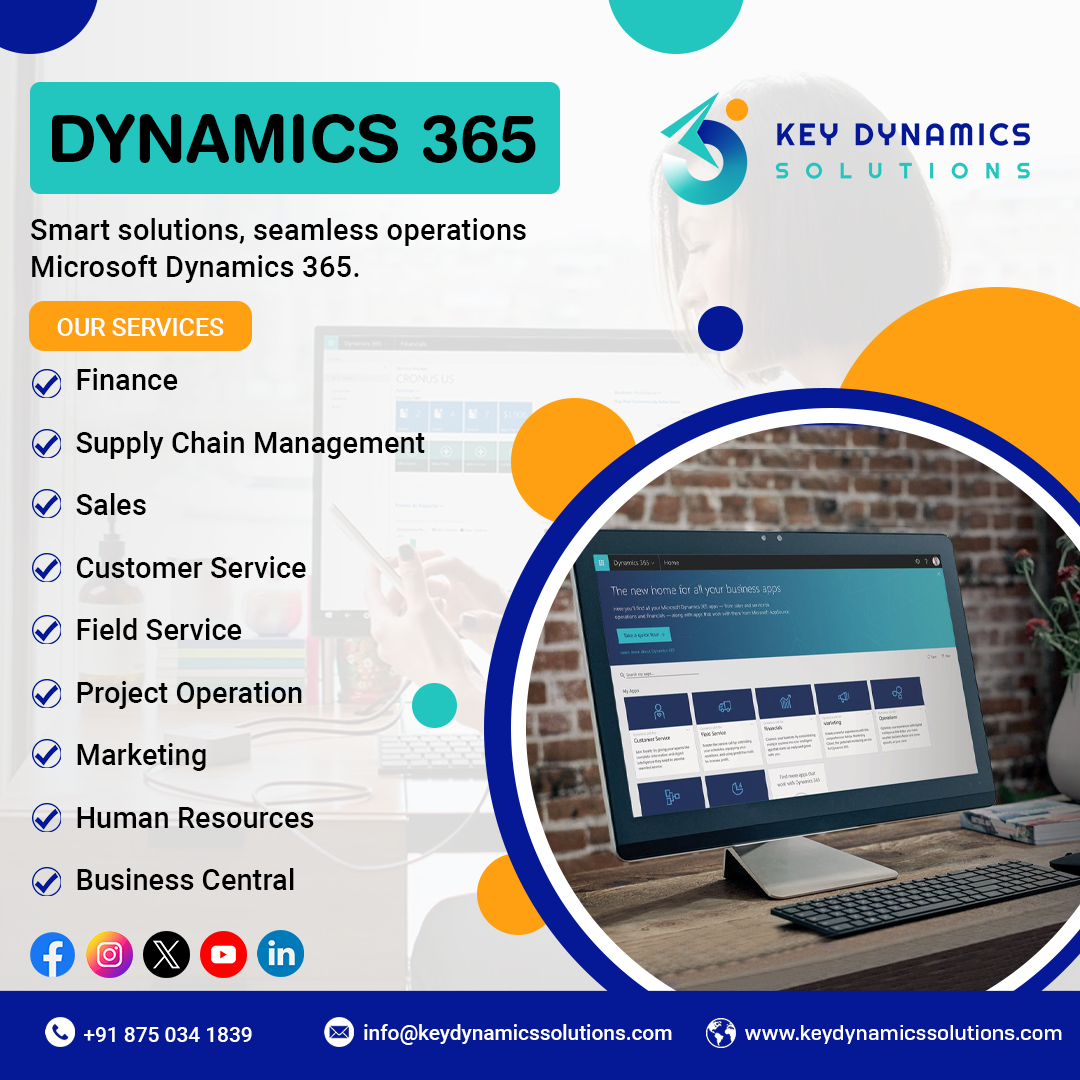Notifications
7 minutes, 53 seconds
-15 Views 0 Comments 0 Likes 0 Reviews

As organizations look to modernize their ERP environments, the transition from Microsoft Dynamics AX 2012 to Dynamics 365 has emerged as a strategic imperative. The Dynamics 365 suite—encompassing both Finance and Operations as well as Dynamics 365 CRM applications—delivers a cloud-based, scalable platform designed to support digital transformation. For companies still operating on AX 2012, the upgrade is not merely a technical overhaul but a business evolution, driven by demands for better integrations, automation, and user-centric experiences.
This article delves into the core aspects of upgrading from Ax 2012 to d365 upgrade, including the challenges, best practices for Dynamics 365 implementations, and the role of customizations in achieving optimal performance.
Why Upgrade from AX 2012 to Dynamics 365?
AX 2012 was a powerful on-premises solution, but it lacks the agility required in today’s fast-paced, digital-first environment. Microsoft has since shifted its focus to the cloud with Dynamics 365, discontinuing mainstream support for AX 2012 in 2021 and ending extended support soon after. This makes the transition not just beneficial, but necessary.
Key advantages of Dynamics 365 over AX 2012 include:
Planning the Upgrade: The Foundation of Success
One of the first steps in a successful Dynamics 365 implementation is proper planning. This starts with a thorough readiness assessment, which evaluates your current AX 2012 system, existing customizations, data quality, and user requirements.
Key activities include:
Dynamics 365 Implementations: Choosing the Right Path
There are two primary upgrade paths: Re-implementation and In-place Upgrade (Data Upgrade). The right choice depends on your current AX 2012 footprint.
Each approach has pros and cons, but both require thoughtful planning, expert project management, and effective change management strategies.
Customizations in Dynamics 365: Rethinking for the Cloud
Dynamics 365 introduces a new extension-based customization model that reduces the risks of future upgrade conflicts. Unlike AX 2012, which allowed for heavy over-layering, Dynamics 365 encourages the use of extensions and the Power Platform for business logic and UI changes.
Customizations to reconsider during upgrade:
Rethinking your customizations is critical not just to align with modern best practices, but also to reduce future maintenance and support costs.
CRM Enhancements in Dynamics 365
One of the major advantages of Dynamics 365 is its deep CRM integration. Dynamics 365 CRM apps—Sales, Customer Service, Marketing, and Field Service—provide a powerful suite of tools to manage the entire customer journey.
Improvements over AX 2012 CRM capabilities include:
These enhancements empower your teams to provide personalized customer experiences, automate engagement, and drive better customer satisfaction.
Data Migration and Testing
Data migration is one of the most resource-intensive components of any Dynamics 365 implementation. A successful migration plan will involve:
It's critical to involve both technical and business users in validation to ensure that migrated data meets operational needs.
Change Management and User Training
The user interface and navigation experience in Dynamics 365 differ significantly from AX 2012. Without proper change management, this can result in user resistance and decreased productivity.
To ease the transition:
Incorporating feedback from end users during testing phases can significantly improve adoption rates and reduce friction post-go-live.
Post-Implementation Considerations
Going live is not the end—it's just the beginning of your Dynamics 365 journey. Post-upgrade activities should focus on continuous improvement.
Conclusion
Upgrading from AX 2012 to Dynamics 365 is a transformational opportunity. While the process involves careful planning, robust Dynamics 365 customizations, and effective user training, the end result is a modern, agile platform designed for growth.
Whether your focus is financial operations or customer engagement through Dynamics 365 CRM, the move unlocks powerful capabilities that can future-proof your business.
By leveraging best practices in Dynamics 365 implementations and aligning with the latest cloud technologies, organizations can achieve more streamlined operations, enhanced customer experiences, and sustainable competitive advantage.

